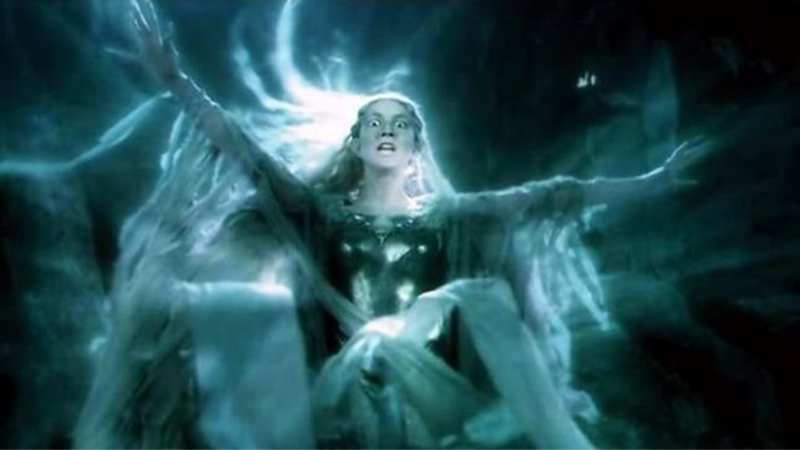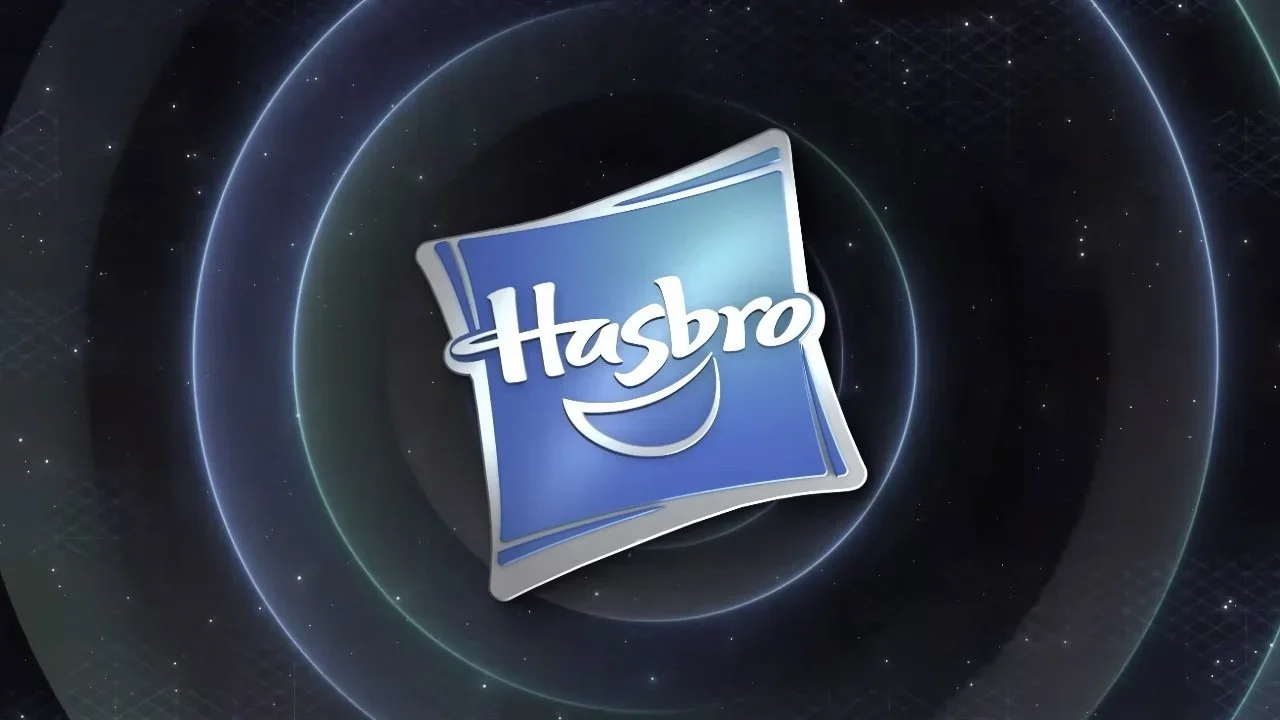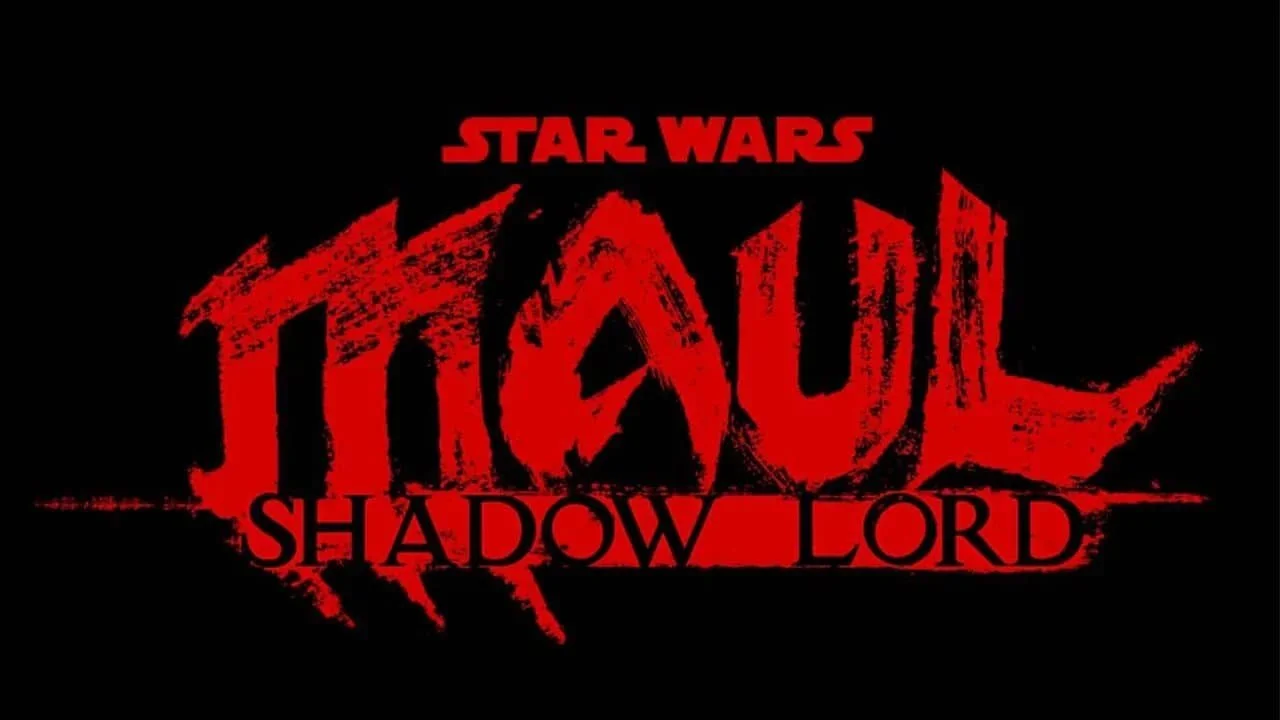How Effective Is The Bechdel Test In Analyzing Media?
Image Source: CNN
It is no secret that Hollywood has been and is struggling with its representation of women. While the success of films like Barbie gives us hope that things will start looking up, the reality is there currently is no great way to measure the quality of a film’s representation of women. Enter the Bechdel Test also referred to as the Bechdel-Wallace Test.
This is a test that was created in 1985 by Liz Wallace and cartoonist Alison Bechdel for Bechdel’s comic strip, The Rule. In it, two female characters are discussing going to the movies, and one says that she only sees movies that have at least two named female characters who have a conversation about something other than a man. According to Bechdel, this was originally just meant to be a joke, but it is now a test that some feel is an effective way to gauge the female representation in a film. But how effective is it?
RELATED:
Problems With The Test
Image Source: IMDb
There are three main problems with the test. The first problem is that this is a quantitative analysis that is being used as though it were qualitative. What I mean by this is that the Bechdel Test is only looking at numbers. How many named female characters are featured in a film, how many of them have conversations with each other, and how many of those conversations are about something other than a man? The test is meant to tell us if the film has good female representation, and yet all it can actually tell us is how many named female characters are present, how many of them have conversations, and how many of those conversations are about a man.
The second problem is that the rules are too broad. What qualifies as a conversation? What if the film is a love story? What if the villain is male? With the rules of the Bechdel Test being this broad, it is impossible to effectively evaluate the quality of the female representation within the film. These rules also do not evaluate whether the representation is objectifying those two named female characters. The third problem is that this test does not look at race or LGBTQ+ representation. Wouldn’t a test be more effective if it could be used to evaluate all forms of female representation?
Movies That Failed
Image Source: ScreenRant
More movies have failed this test than have currently passed it, and that is due to many of the problems that I listed above. A few examples of those films: The Lord of the Rings Trilogy, The Avengers, Breakfast at Tiffany’s, and Harry Potter. I pulled these examples specifically because they perfectly illustrate how the rules of the test hinder its effectiveness. The Lord of the Rings Trilogy gave us incredibly strong characters like Galadriel, Eowyn, and Arwen. Unfortunately, these films got a failing grade because these women spoke only to the men who were trying to literally save the world from a great evil.
The Avengers gave us Black Widow and introduced us to Agent Maria Hill, but since the villain that they were typically discussing was a man, this film also got a failing grade. Breakfast at Tiffany’s is a classic story where the main character, Holly, has nothing to discuss but her life as a powder room girl, the man she loves, and her love for Tiffany & Co. She also has no one to talk to except for the man that just moved in upstairs. Harry Potter gave us a list of incredible female characters that is too long to try to list here, but since the main character is male, the headmaster is male, and the villain is male, this film also failed.
Movies That Passed
Image Source: IMDb
The movies listed on the pass list were a strange combination of films, and many of them are horrible examples of good female representation. A few examples: Twilight, American Pie 2, Wonder Woman, and Frozen. I know that people like to hate Twilight, but movies three through five feature some of the most intense fight scenes and conversations I have seen in young adult films so I was glad to see it make the pass list. American Pie 2 is another example of how the rules truly fail the films. This franchise does nothing but objectify women, so seeing that according to this test, it was a film with good female representation made my head spin.
Wonder Woman made sense to me as to why it passed, but I think it was only because of the scenes on Themyscira where the Amazonians lived. If you removed those scenes, this incredibly powerful film would have landed on the fail list because Diana is traveling with a group of men, she falls in love with a man, and the villain is a man. Frozen is a great example of female representation and sisterly love, but it was one of the only animated films I saw on the pass list.
Final Thoughts
Image Source: IMDb
I am not a fan of the Bechdel Test as is. I think that rather than trying to come up with an entirely new test like some have suggested I believe that we could keep The Bechdel Test and simply expand on it. Some films like The Lord of the Rings Trilogy and The Avengers are not new content, they are adaptations. While these films feature strong, named female characters, they fail by the current rules. We need a test that looks at the quality of the conversations that the female characters are having. Galadrial’s conversations with Gandalf are some of the most important and moving moments in the films, but since she is speaking to a man, it is ignored by the current test. Since the Bechdel Test is already widely accepted, it makes more sense to evolve it into something that can be actually used to evaluate female representation in films.
READ NEXT:
Source: Backstage

















